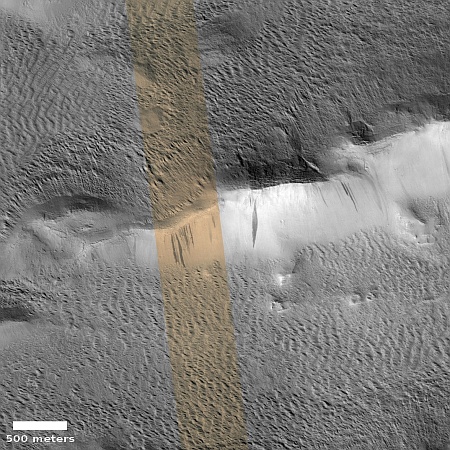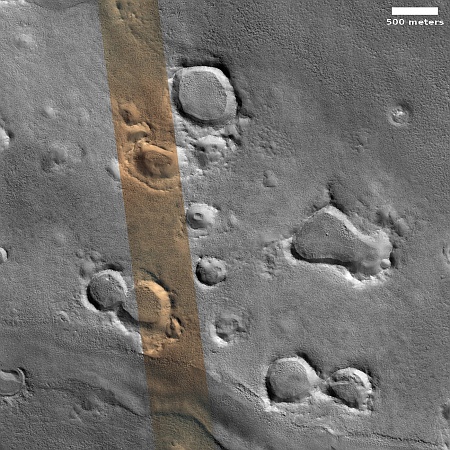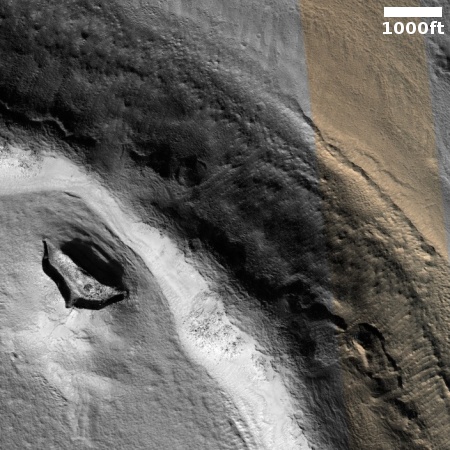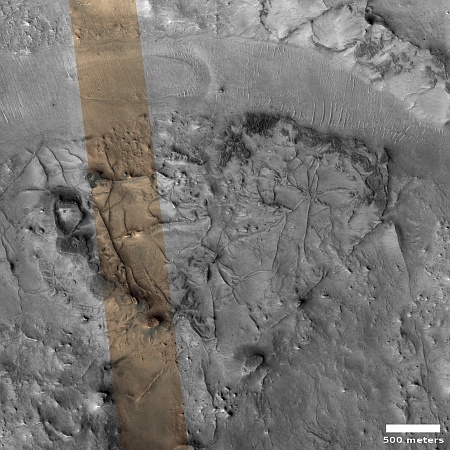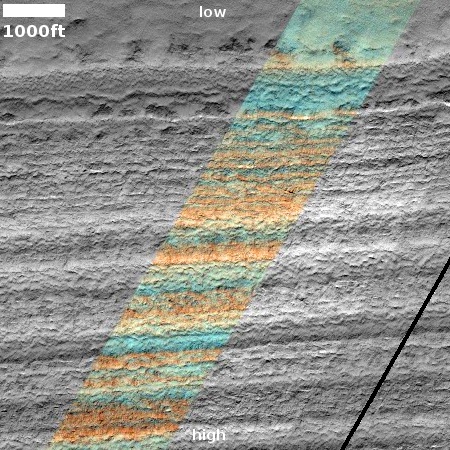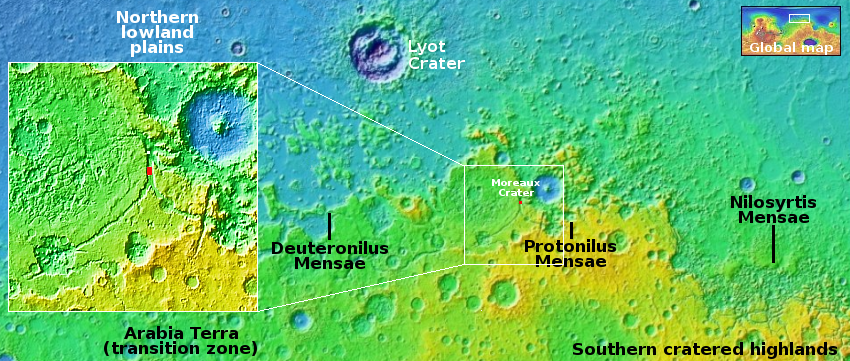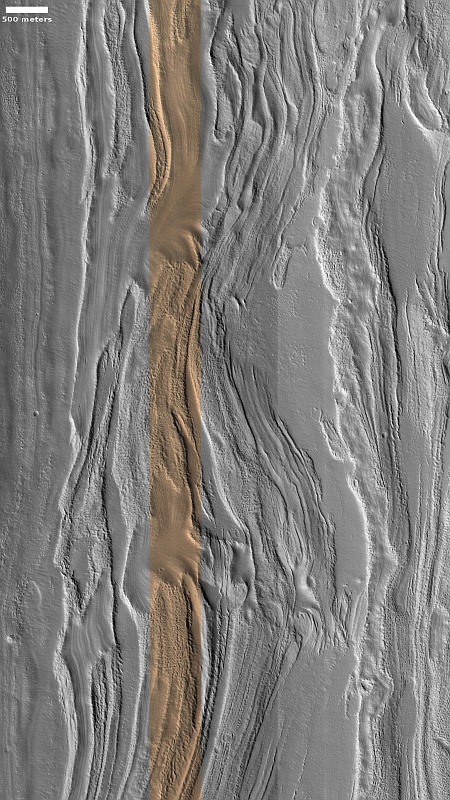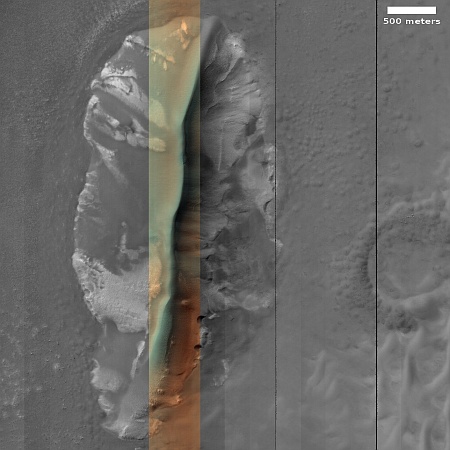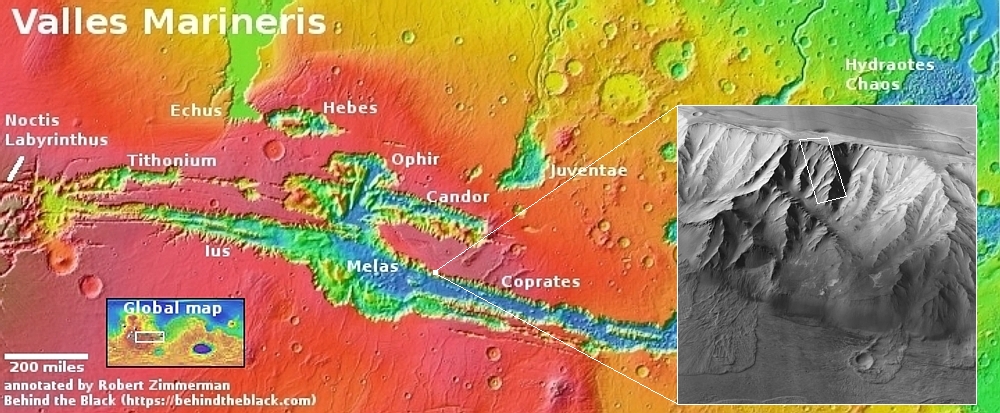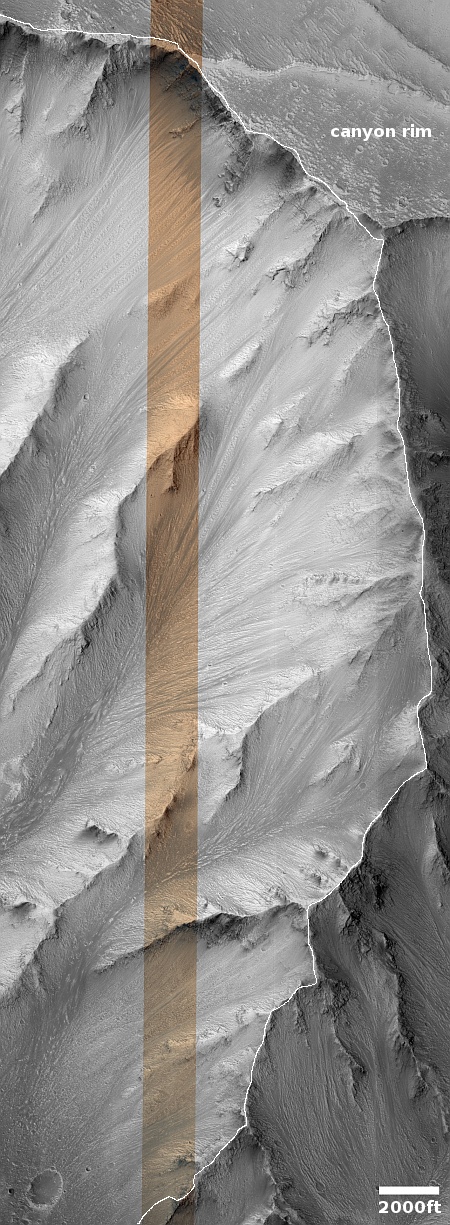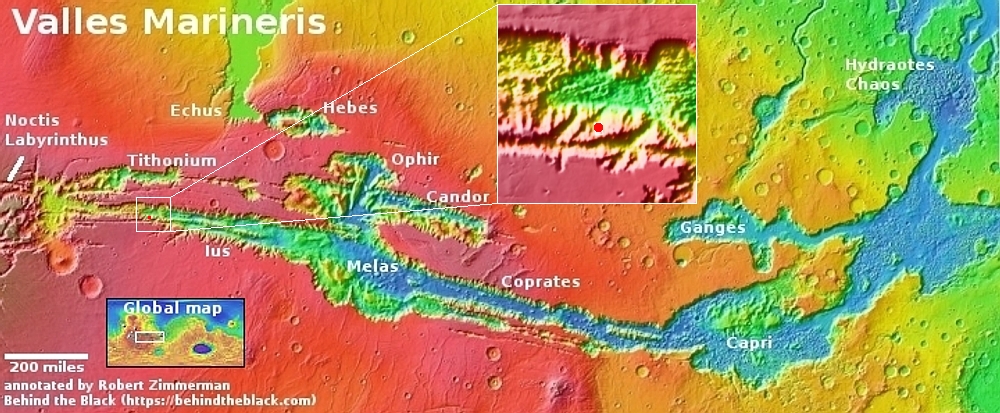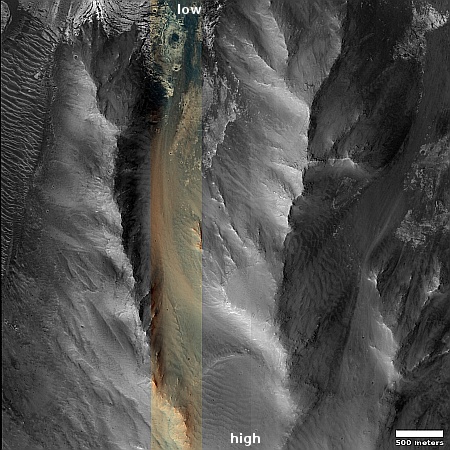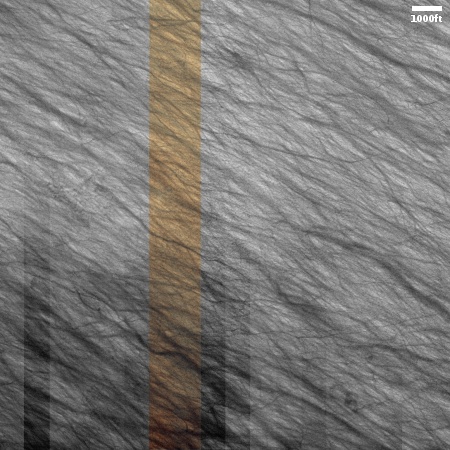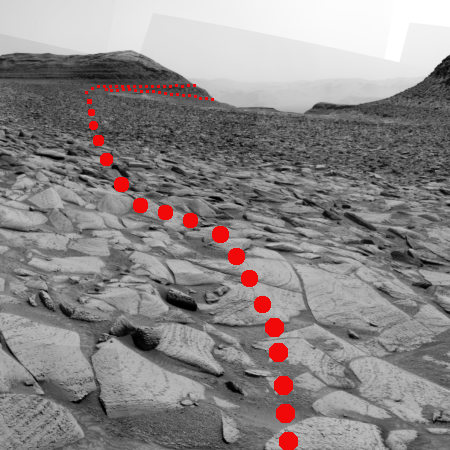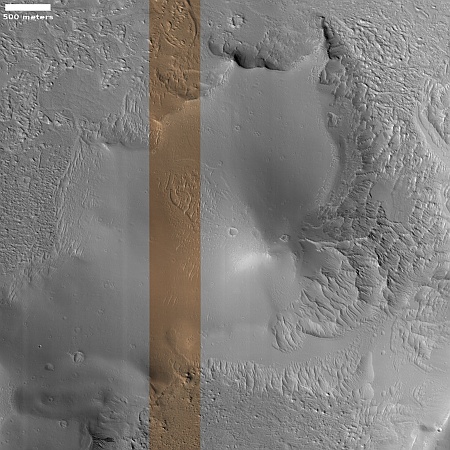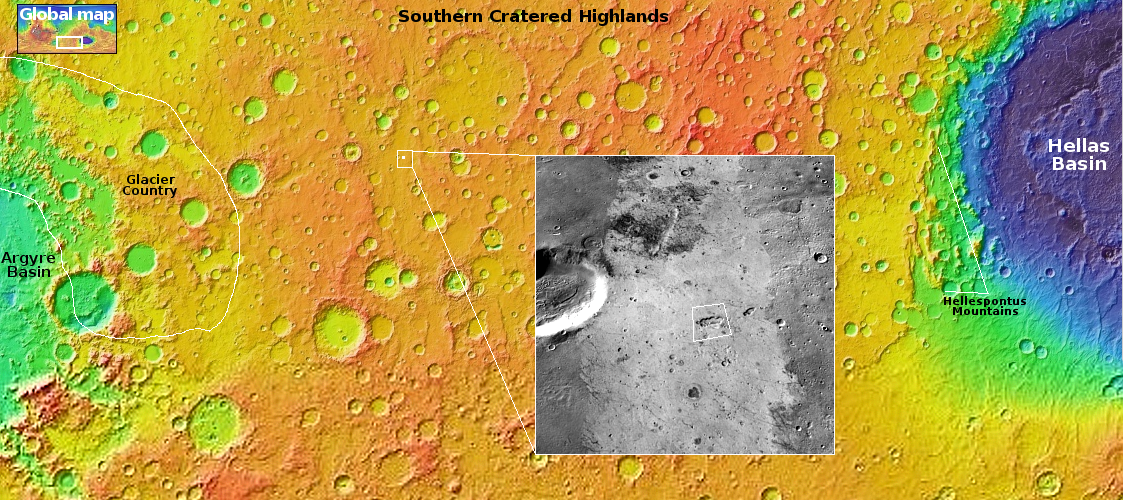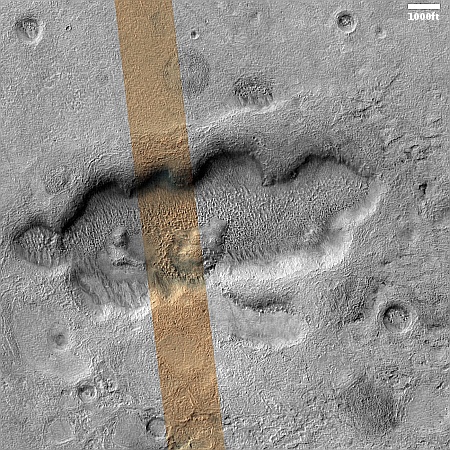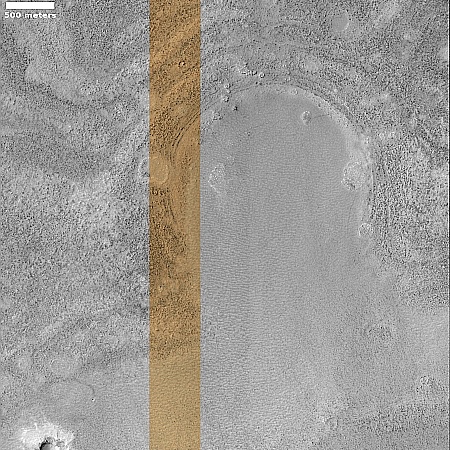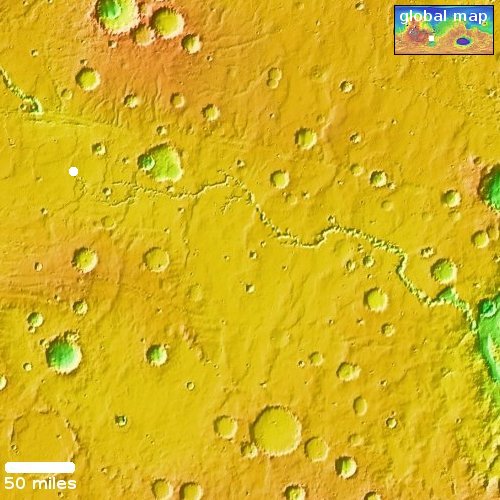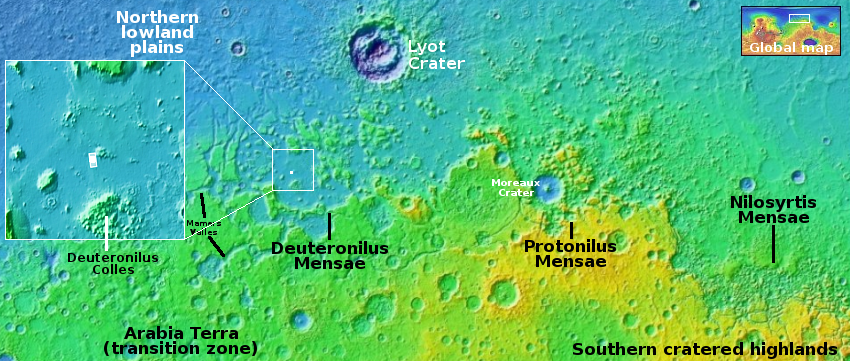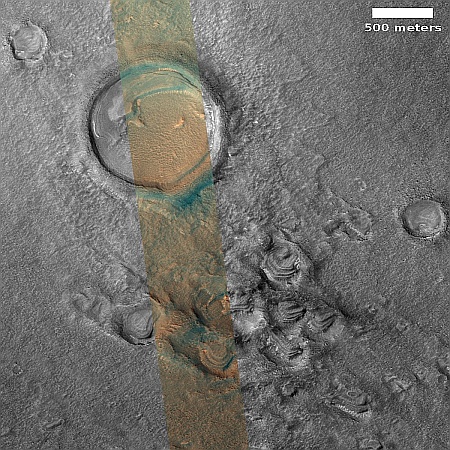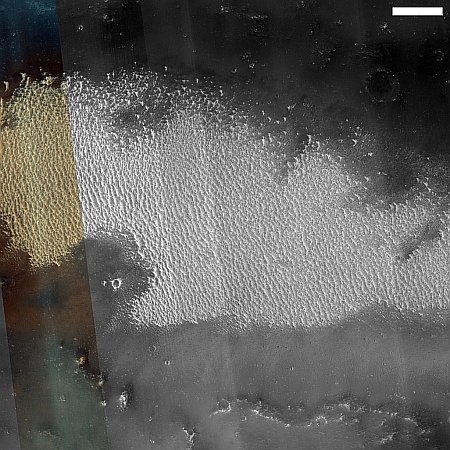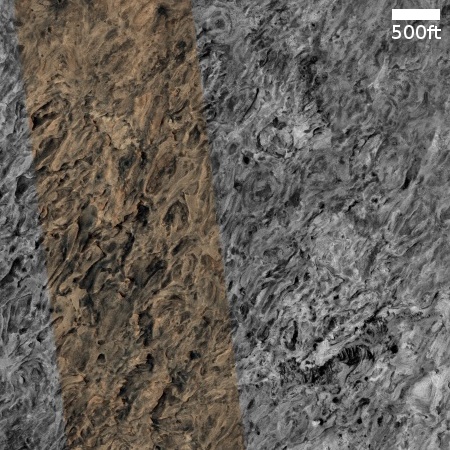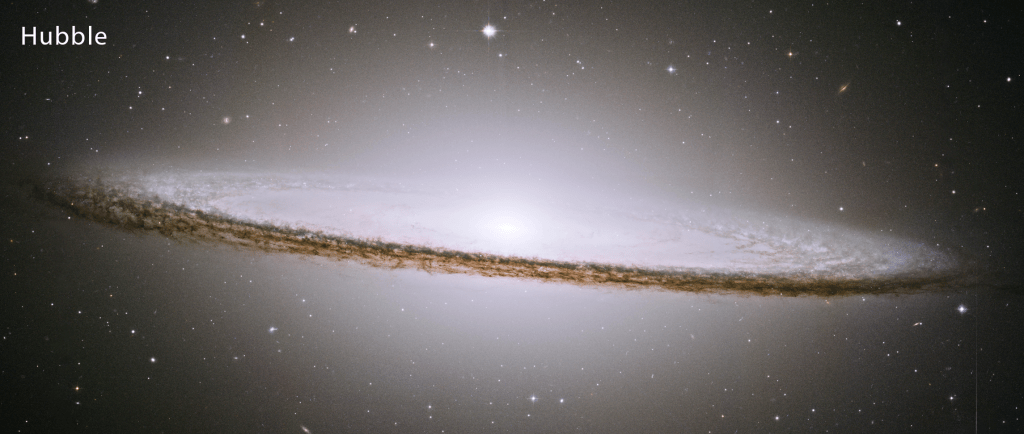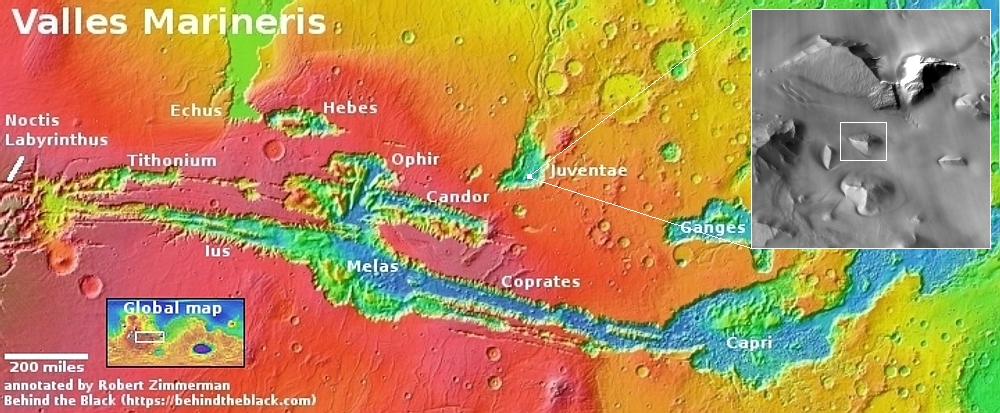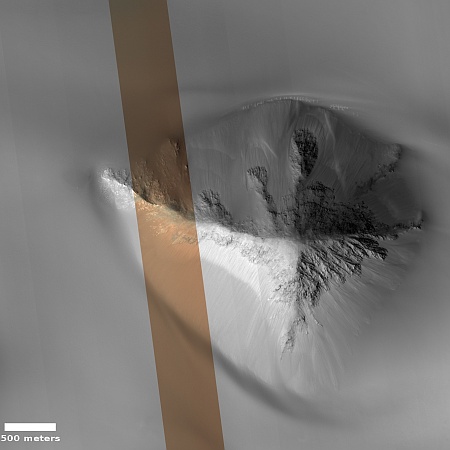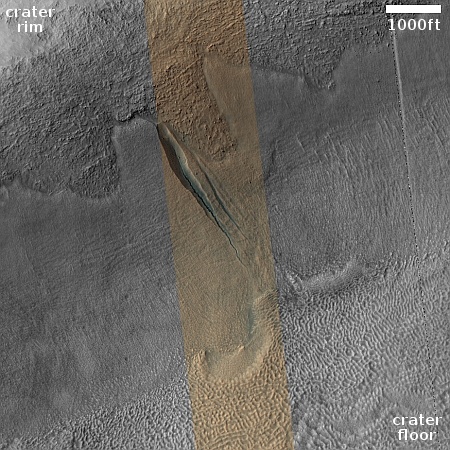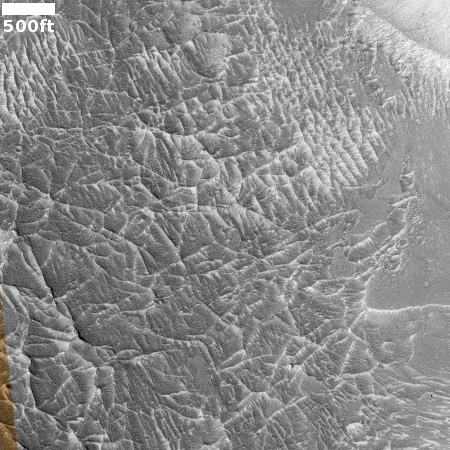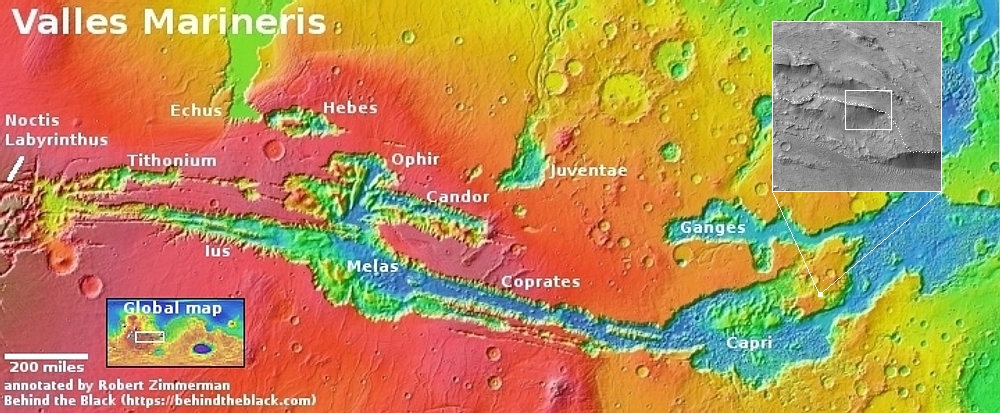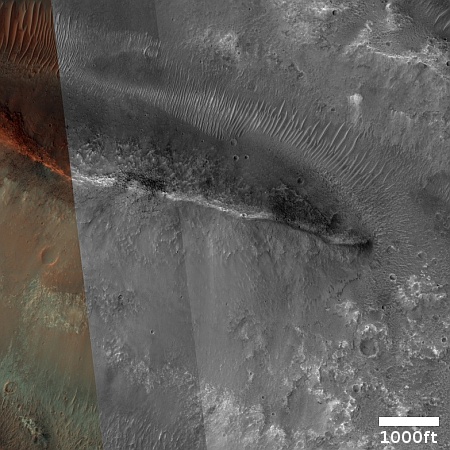Hubble’s biggest image yet, of Andromeda
The image above, cropped and reduced to post here, was taken by the Hubble Space Telescope and shows the Andromeda galaxy, the Milky Way’s nearest spiral galaxy neighbor. The picture however is not one photo, but hundreds taken over the past decade.
This is largest photomosaic ever assembled from Hubble Space Telescope observations. It is a panoramic view of the neighboring Andromeda galaxy, located 2.5 million light-years away. It took over 10 years to make this vast and colorful portrait of the galaxy, requiring over 600 Hubble overlapping snapshots that were challenging to stitch together. The galaxy is so close to us, that in angular size it is six times the apparent diameter of the full Moon, and can be seen with the unaided eye.
Andromeda is not just visible to the naked eye, it is one of the largest objects seen in the sky. If you ever can get to a really dark sky location when it is above and have someone point it out to you (it remains faint), you will be astonished to find that it stretches across the sky the length of about six to eight full moons.
Thus, Hubble literally can’t take a picture of it. Its field of view is much too small. It must take many pictures to assemble a mosaic.
The picture above also hides the data contained in all those images. At the full resolution of each individual picture, Hubble has literally mapped the entire galaxy. Combined with other spectroscopic survey data taken by Hubble, astronomers over time will be able to decipher the galaxy’s makeup to better understand its formation history.
The image above, cropped and reduced to post here, was taken by the Hubble Space Telescope and shows the Andromeda galaxy, the Milky Way’s nearest spiral galaxy neighbor. The picture however is not one photo, but hundreds taken over the past decade.
This is largest photomosaic ever assembled from Hubble Space Telescope observations. It is a panoramic view of the neighboring Andromeda galaxy, located 2.5 million light-years away. It took over 10 years to make this vast and colorful portrait of the galaxy, requiring over 600 Hubble overlapping snapshots that were challenging to stitch together. The galaxy is so close to us, that in angular size it is six times the apparent diameter of the full Moon, and can be seen with the unaided eye.
Andromeda is not just visible to the naked eye, it is one of the largest objects seen in the sky. If you ever can get to a really dark sky location when it is above and have someone point it out to you (it remains faint), you will be astonished to find that it stretches across the sky the length of about six to eight full moons.
Thus, Hubble literally can’t take a picture of it. Its field of view is much too small. It must take many pictures to assemble a mosaic.
The picture above also hides the data contained in all those images. At the full resolution of each individual picture, Hubble has literally mapped the entire galaxy. Combined with other spectroscopic survey data taken by Hubble, astronomers over time will be able to decipher the galaxy’s makeup to better understand its formation history.


